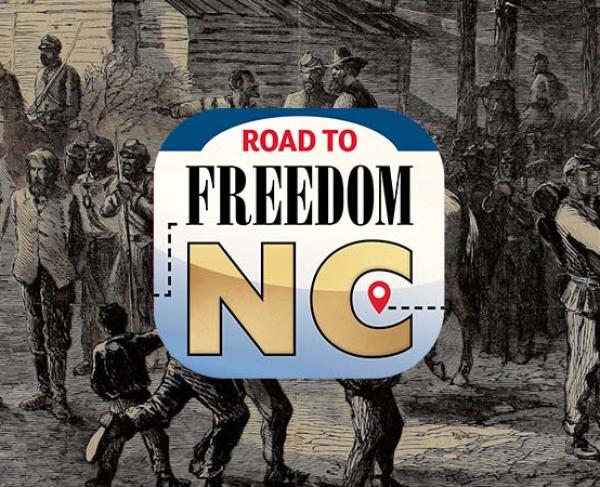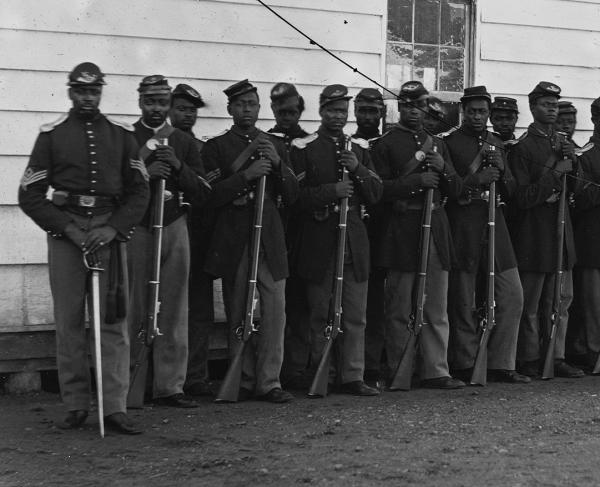Colonization, African School & Happy Hill
North Carolina
35 Waughtown Street
Winston-Salem, NC 27127
United States
This heritage site is a part of the American Battlefield Trust's Road to Freedom: North Tour Guide app, which showcases sites integral to the Black experience during the Civil War era. Download the FREE app now.

After the Civil War, African Americans built a school and free community on farmland held by the Salem Moravian Congregation where enslaved people had previously lived and worked before being freed and sent to live in Liberia.
In 1815, Moravian leaders called Dr. Henry Schumann to serve Salem. As a slaveowner, he could settle on church-owned farmland outside of town because only the church could own enslaved people in town. In 1836, Schumann decided to move into town, but the church would not allow him to bring the people he enslaved. Instead, he freed 17 people and paid for their passage and resettlement in the American Colonization Society’s colony of Liberia. Many of those freed were part of the African Church (later named St. Philips) and experienced a painful separation from their community.
Salem’s freedmen prioritized education. African Church representatives negotiated the free use of Moravian Congregation land on the western end of the former Schumann farm above the Brothers’ Spring and east of Waughtown Road where they built the African School in 1867. Black and white teachers served the school until it moved to a new location downtown in 1892.
In 1872, the Salem Trustees also used Schumann’s former farm to create a segregated place across Salem Creek called Liberia. Freedmen, like Ned Lemly and Richard Siewers, eager to build a new life purchased ten dollar lots and came to call their neighborhood Happy Hill. Many Happy Hill residents worked in town across the creek initially placing rocks to provide a crossing and later lobbying for a footbridge that remains part of today’s Salem Creek Greenway. Happy Hill grew to stability in the early 20th century, only to have highway construction and redevelopment disrupt and transform the community ever since the 1960s.
Know Before You Go
Little remains of the historical landscape described here, but three historical markers anchor this history in place and invite you to reflect on the past as you explore Happy Hill.

